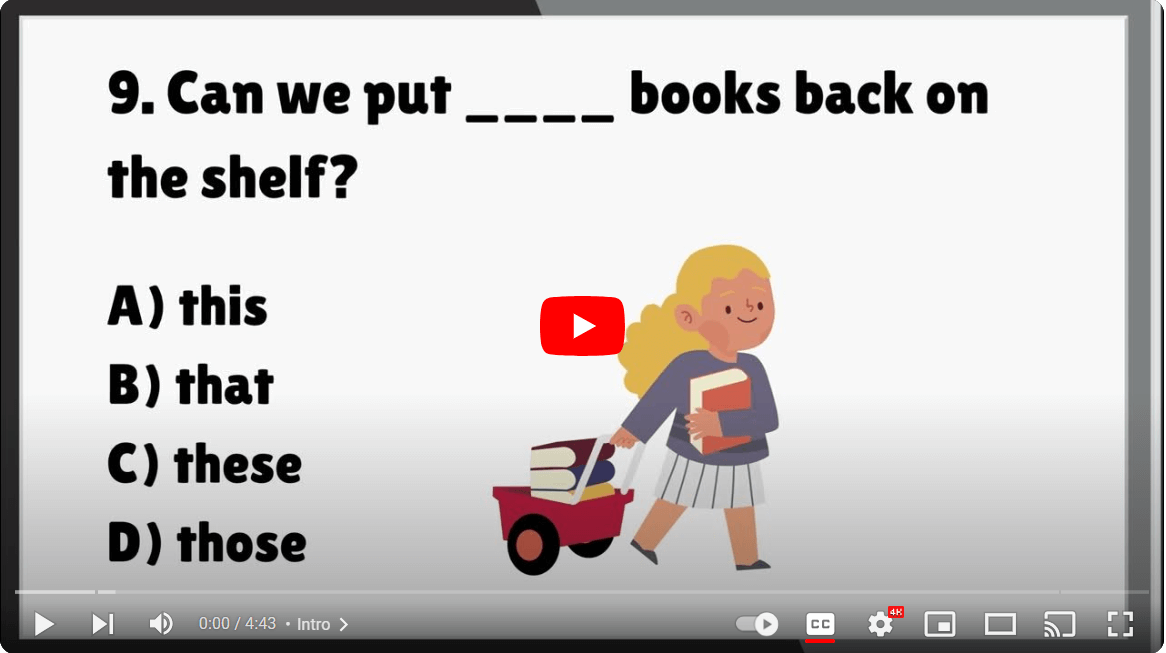Essay Writing
What is an Essay
An essay is simply a piece of writing that's put together for a particular purpose. Writing an essay can be intimidating, especially if you are new to the language. However, regardless of which career path you follow, at some point you are going to need to write essays. Most essays are formal writings and follow certain rules and structure. Below is a list of what a common essay consists of.Introduction Paragraphs
Your intro must grab the reader's attention, but it must also spell out what your essay is going to be about.
1. Does it include a context for your argument?
2. Does each sentence follow the next in logic? (There should be no leaps in
logic.)
3. Is the last sentence of your first paragraph your thesis?
4. Does your thesis identify the specific position you will take in your paper?
See introductory paragraphs tips
Thesis
See Details for Thesis Statement
Your thesis must be a claim that can be argued (it cannot be -the world is round" or something that is already established) it 's a statement of your opinion.
1. Does your thesis represent a specific arguable position?
2. Is there a counter position to your position? (There should be one you can
recognize).
3. Is your thesis more than just a statement of your topic? (Or of the
process you'll take?)
4. Is your thesis declarative? (It cannot be a question).
5. Is your thesis appropriate for the length of your paper? It must be narrow
enough...
Body Paragraphs
Also see Using Transitions
Your body paragraphs are where you make your argument. Each paragraph argues one aspect of your overall thesis. Your paragraphs must be arranged to logically flow from one idea to the next (think chronological order; what do we need to know next?)
1. Does each paragraph begin with a topic sentence?
2. Does the topic sentence argue one aspect of your argument? (Note that a
reader should be able to read your thesis and your topic sentences and
have a clear idea of your argument.)
3. Is each topic sentence followed by a discussion (in your own words) of
the argument?
4. Does your paragraph answer how and why? (How is your claim true? Why
is it true?)
5. Do your quotations come in only after you have discussed your argument
in your own words using your own examples?
6. Are your quotations brief and to-the-point?
7. Are your quotes introduced?
8. Are they cited correctly?
9. Could you remove all your quotes and still have a clear argued paper?
Conclusion:
This is where you answer the question "so what?" Make sure you are looking at the bigger picture, and challenging your readers to do the same.
See Writing an Effective Conclusion Paragraph
You are here: >> Home >>
Essay Writing





Comments